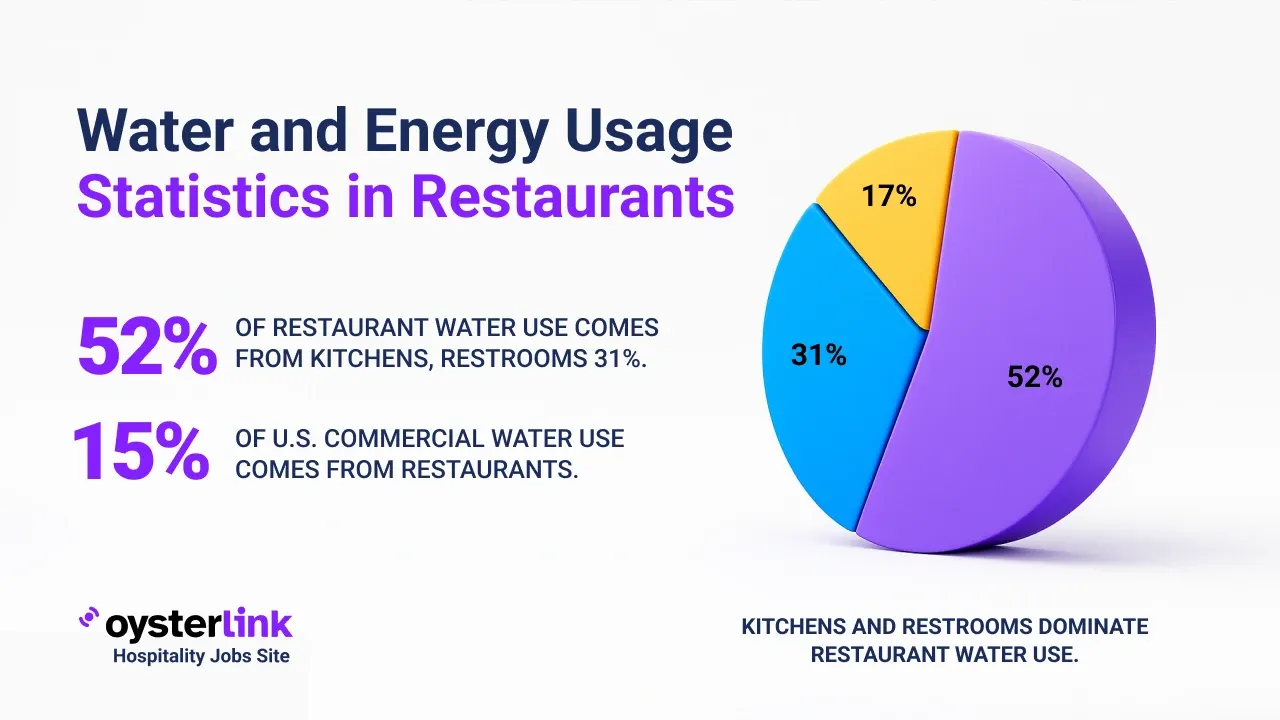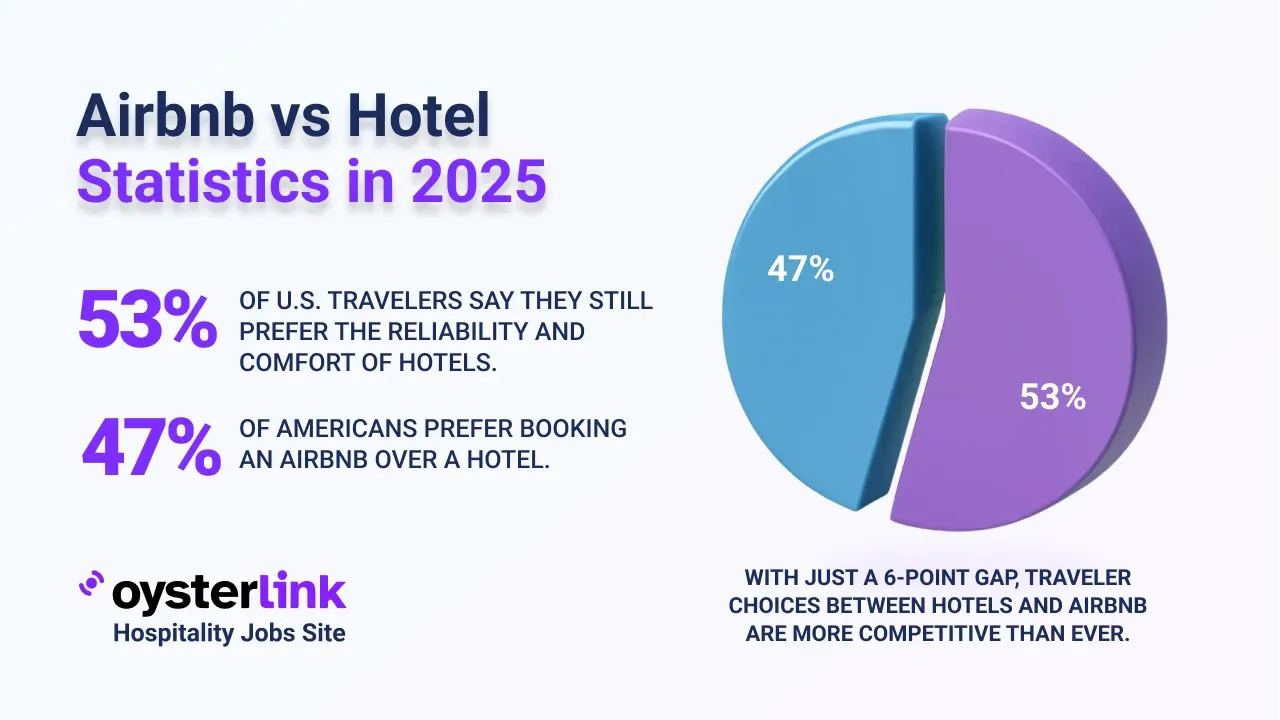Texas Cost of Living: Quick Takeaways
- Housing Costs: Average one-bedroom rent in Texas grew from $800 in 2010 to approximately $1,250 in 2025.
- Transportation Expenses: Public transit fares are affordable, with one-way fares around $1.50 and monthly passes about $60.
- Healthcare Costs: Health insurance premiums average $621 monthly, slightly below the national average.
- Income Levels: Median household income in Texas is expected to reach $66,000 in 2025.
Texas offers a diverse economy and lifestyle options. Understanding its detailed cost of living can help residents and movers plan financial decisions wisely.
This article provides an in-depth breakdown of Texas' cost factors in 2025, including housing, utilities, transportation, education, healthcare and more.
1. Housing Costs in Texas
Housing remains a major part of living expenses in Texas. Rent for a one-bedroom apartment has steadily risen over the last 15 years:
- 2010: Approximately $800
- 2015: Around $950
- 2020: About $1,100
- 2024: Reached $1,200
- 2025: Expected to be $1,250
These figures reflect growing demand in urban and suburban areas of the state.
For those with real estate interests, hospitality real estate market trends provide insights into the current landscape in Texas and similar markets.
2. Homeownership and Real Estate Trends in Texas
For homebuyers, Texas housing prices have appreciated significantly over time:
- 2010: Median home price about $150,000
- 2015: Increased to $200,000
- 2020: Reached $250,000
- 2024: Median home price estimated $307,629
- 2025: Projected $310,000
This trend makes homeownership an important financial consideration in Texas.
3. Transportation Expenses in Texas
Transportation options and costs include:
- Public Transit: One-way fare averages around $1.50, with monthly passes costing about $60.
- Fuel Cost: Gasoline prices hover near $3.50 per gallon.
- Vehicle Maintenance: Annual upkeep averages $1,200.
Transportation costs vary depending on commute distance and choice of transit.
Employers managing hospitality operations should consider seasonal hiring strategies to accommodate fluctuations in transportation needs of staff in different locations.
4. Utility Costs in Texas
Typical monthly utilities for a standard apartment in Texas include:
- Electricity: $152.40
- Internet: $43.00
- Total Utilities: $195.40
Costs fluctuate based on usage and provider rates.
5. Grocery and Food Expenses in Texas
Grocery costs per person each month average about $253.64. Dining out ranges:
- Casual restaurants: Meals cost approximately $15
- Mid-range restaurants: Meals cost around $50
Food expenses typically align closely with national averages.
To attract quality staff in food service, check out our restaurant staff hiring tips to optimize your recruitment process.
6. Healthcare Costs in Texas
Healthcare expenses can affect budgets significantly.
- Employer-sponsored insurance: Average monthly cost about $140.33
- Silver health plans: Monthly premiums around $621
Insurance rates vary by coverage and personal medical needs.
Also consider reviewing insurance options for restaurant owners to ensure full coverage for your business and staff.
7. Educational Expenses in Texas
Education costs vary by type:
- Public schools: Generally tuition-free
- Private school tuition average: Around $10,000 annually
- In-state university tuition: Estimated $6,381 per year
Costs differ widely based on school and program choices.
8. Entertainment and Leisure in Texas
Entertainment options and expenses include:
- Movie tickets: Average price $14
- Gym membership: About $28.66 per month
- Mid-range restaurant meal: $40 on average
Annual entertainment spending is roughly $2,482 with personal care services around $768.
9. Taxes and Miscellaneous Fees in Texas
Texas residents pay the following taxes:
- State income tax: None (0%)
- Sales tax: Approximately 8.2%
- Property tax rate: About 1.47%
Understanding tax obligations is crucial for budgeting.
10. Childcare and Family Expenses in Texas
Childcare costs to consider are:
- Daycare: Around $1,000 monthly
- After-school programs: Approximately $300 per month
- Extracurricular activities: Average $150 monthly
Family expenses require careful financial planning.
11. Clothing and Personal Care in Texas
Typical monthly spending averages include:
- Clothing: $115
- Personal care products and services: $54
These vary based on lifestyle preferences.
12. Insurance Costs in Texas
Insurance expenses cover:
- Health insurance: $621 monthly on average
- Auto insurance: Approximately $2,364 annually
- Homeowners insurance: $1,951 annually
- Renters insurance: $180 annually
Insurance is essential for financial security.
13. Miscellaneous Expenses in Texas
Additional spending includes:
- Entertainment: $2,482 annually
- Personal care services: $768 annually
- Miscellaneous goods and services: $707 annually
These costs reflect lifestyle and personal choices.
14. Income and Salaries in Texas
Median household income has gradually increased:
- 2010: $50,000
- 2015: $55,000
- 2020: $60,000
- 2023: $65,000
- 2025: $66,000
This growth supports increased living costs.
In the hospitality sector, understanding salary trends is critical. Explore the hospitality wages forecast for 2025 to make informed compensation decisions.
15. Comparison with National Averages
Texas cost of living compared to US averages:
- Overall: About 5% lower
- Housing: 16% less expensive
- Utilities: Approximately 1% higher
- Food: 3% less expensive
- Healthcare: 1% below average
- Transportation: 6% less costly
- Goods and Services: About 1% higher
These differences highlight Texas as a relatively affordable state overall.
Our Methodology for Texas Cost of Living Figures
Our research combines multiple reputable sources such as BLS, Numbeo, Zillow, government databases, and the MIT Living Wage Calculator to compile a comprehensive cost of living profile for Texas. Estimates are used where exact data is unavailable.
Texas Cost of Living: Conclusion
Texas offers a multifaceted economic landscape with costs generally below national averages, especially for housing and transportation.
Steady income growth and moderate expenses make it an attractive state for residents and those considering relocation.
Careful budgeting that accounts for taxes, healthcare, childcare, education and miscellaneous expenses is recommended for a comfortable lifestyle in Texas in 2025.

.webp)
.webp)

